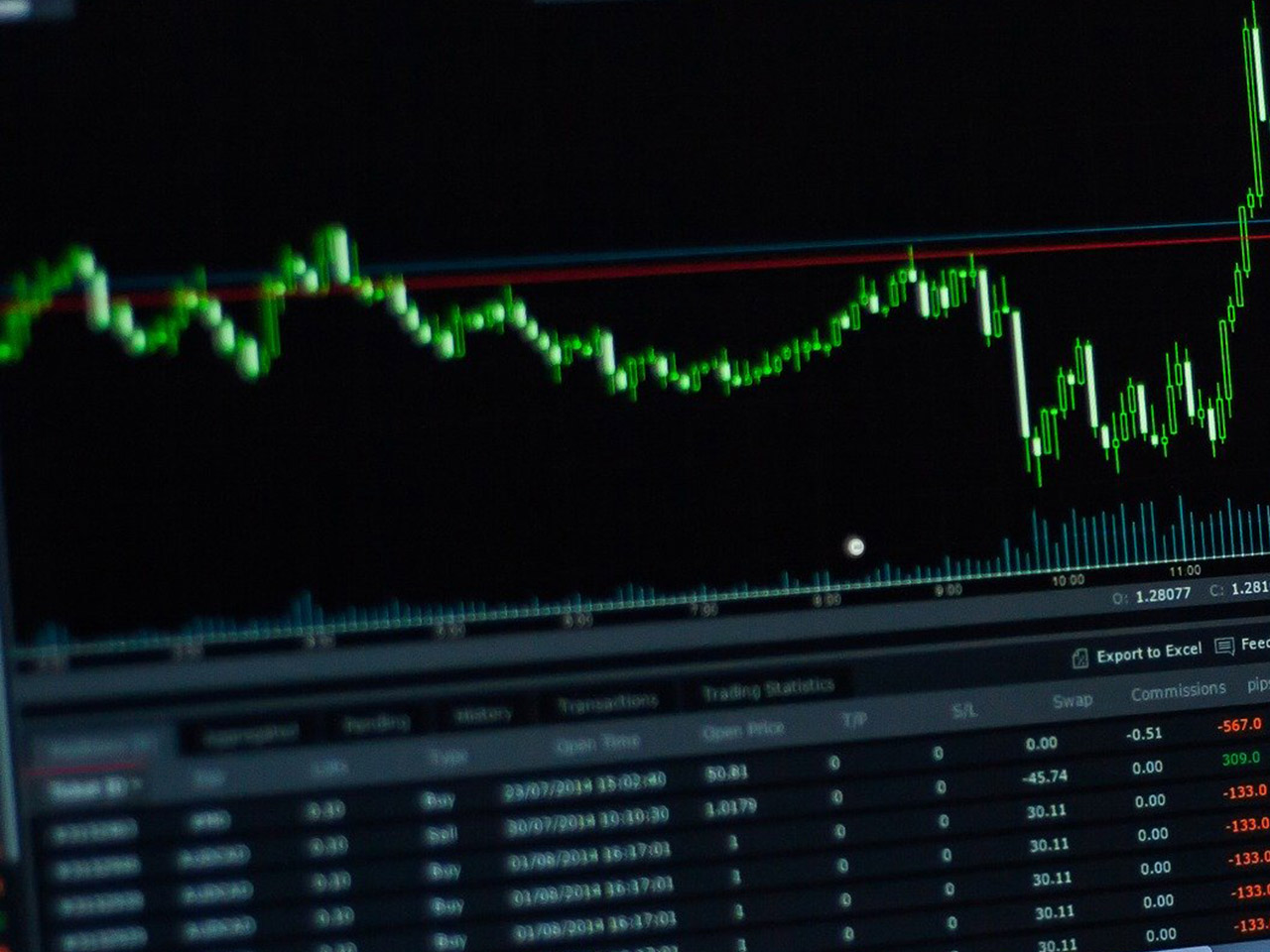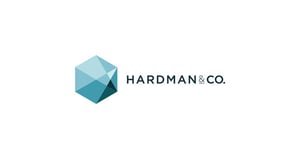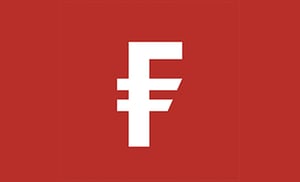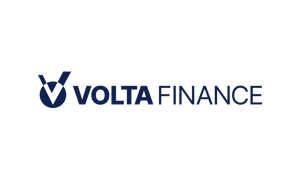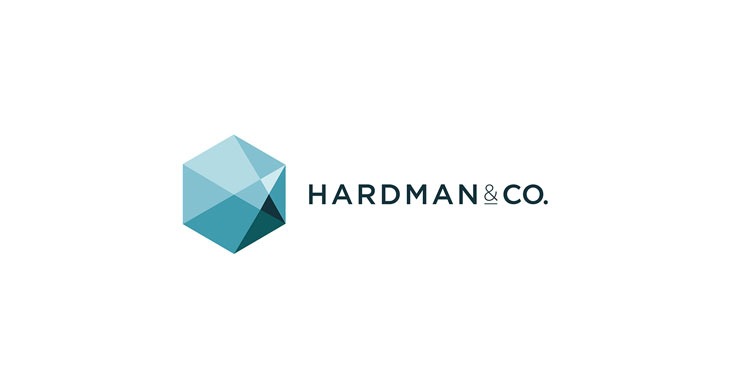Direct Line Insurance Group PLC (DLG.L) is a prominent player in the UK’s insurance industry, offering a diverse array of products and services across the Motor and Non-Motor segments. With its headquarters in Bromley, the company has been a stalwart of the British insurance market since its inception in 1985, evolving from its original identity as RBS Insurance Group Limited.
The company currently boasts a market capitalisation of $3.97 billion, positioning it as a substantial entity within the Financial Services sector. Despite its robust market presence, Direct Line’s recent stock performance presents a mixed picture for investors. The current share price stands at 305 GBp, reflecting a slight decrease of 1.60 GBp, or 0.01%. This modest decline places the stock near the upper end of its 52-week range of 152.60 to 307.60 GBp, indicating a period of recovery from past lows.
For valuation-conscious investors, Direct Line presents a peculiar profile. The absence of a trailing P/E ratio, coupled with a remarkably high forward P/E of 1,413.28, suggests a complex earnings outlook. Such figures often point to future earnings expectations that are either highly optimistic or subject to significant volatility. Moreover, the lack of other valuation metrics like PEG, Price/Book, and Price/Sales ratios may make it challenging for traditional value investors to fully assess the company’s financial standing.
On the performance front, Direct Line demonstrates a strong revenue growth rate of 43.50%, which is an encouraging sign of the company’s operational health and market competitiveness. However, the absence of net income data calls for cautious optimism. The company’s earnings per share (EPS) of 0.11 and a return on equity (ROE) of 6.65% further illuminate its profitability landscape. The free cash flow figure of £361.18 million underscores the company’s ability to generate cash, which is vital for sustaining operations and funding future growth initiatives.
Dividend-seeking investors will note Direct Line’s 2.28% dividend yield, supported by a payout ratio of 54.05%. This suggests a balanced approach to returning value to shareholders while retaining enough capital for business reinvestment.
Analyst sentiment towards Direct Line is predominantly neutral, with two buy ratings and nine hold ratings. The target price range varies from 223.00 to 350.00 GBp, with an average target of 277.55 GBp. This implies a potential downside of 9.00% from the current price, highlighting the cautious stance adopted by analysts in light of the company’s financial intricacies.
Technical analysis reveals that Direct Line is currently trading above its 50-day moving average of 296.30 GBp and its 200-day moving average of 247.79 GBp, suggesting a positive short-term price trajectory. However, the relative strength index (RSI) of 35.52 indicates that the stock is nearing oversold territory, which could trigger a potential buying opportunity if market conditions align favourably.
Direct Line’s expansive service offerings, ranging from motor and home insurance to travel and commercial products, provide a diversified revenue stream. This diversification is a strategic advantage in mitigating sector-specific risks. The company’s direct sales model, supplemented by partnerships and broker networks, enhances its market reach and customer engagement.
For investors considering Direct Line, the decision hinges on a nuanced understanding of the company’s complex valuation metrics, revenue growth prospects, and dividend sustainability. While the company’s strong cash flow and revenue growth are promising, the high forward P/E ratio and lack of comprehensive valuation metrics warrant a careful assessment of potential risks and rewards. As always, investors should consider their risk appetite and investment horizon when evaluating Direct Line as a component of their portfolio.


